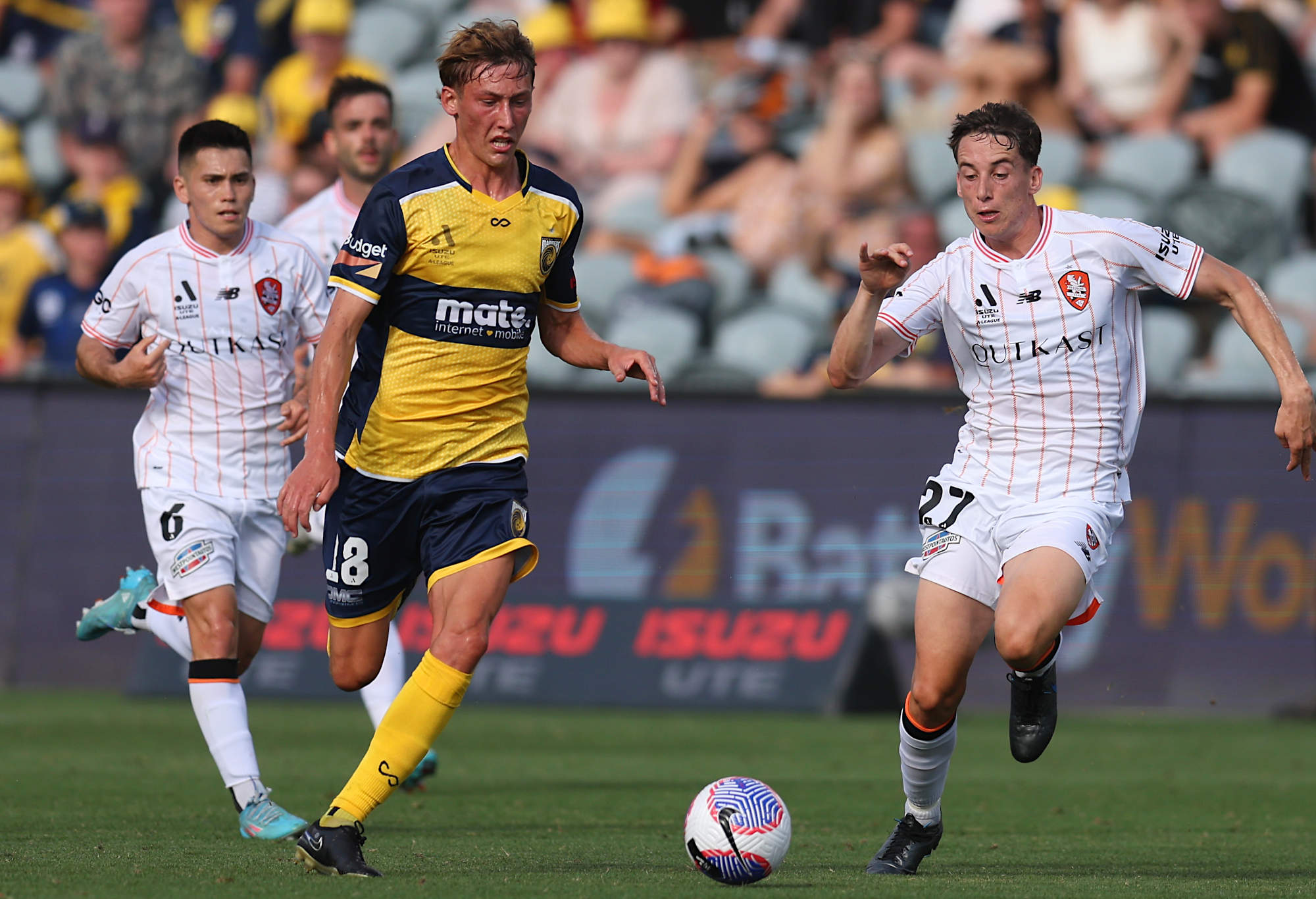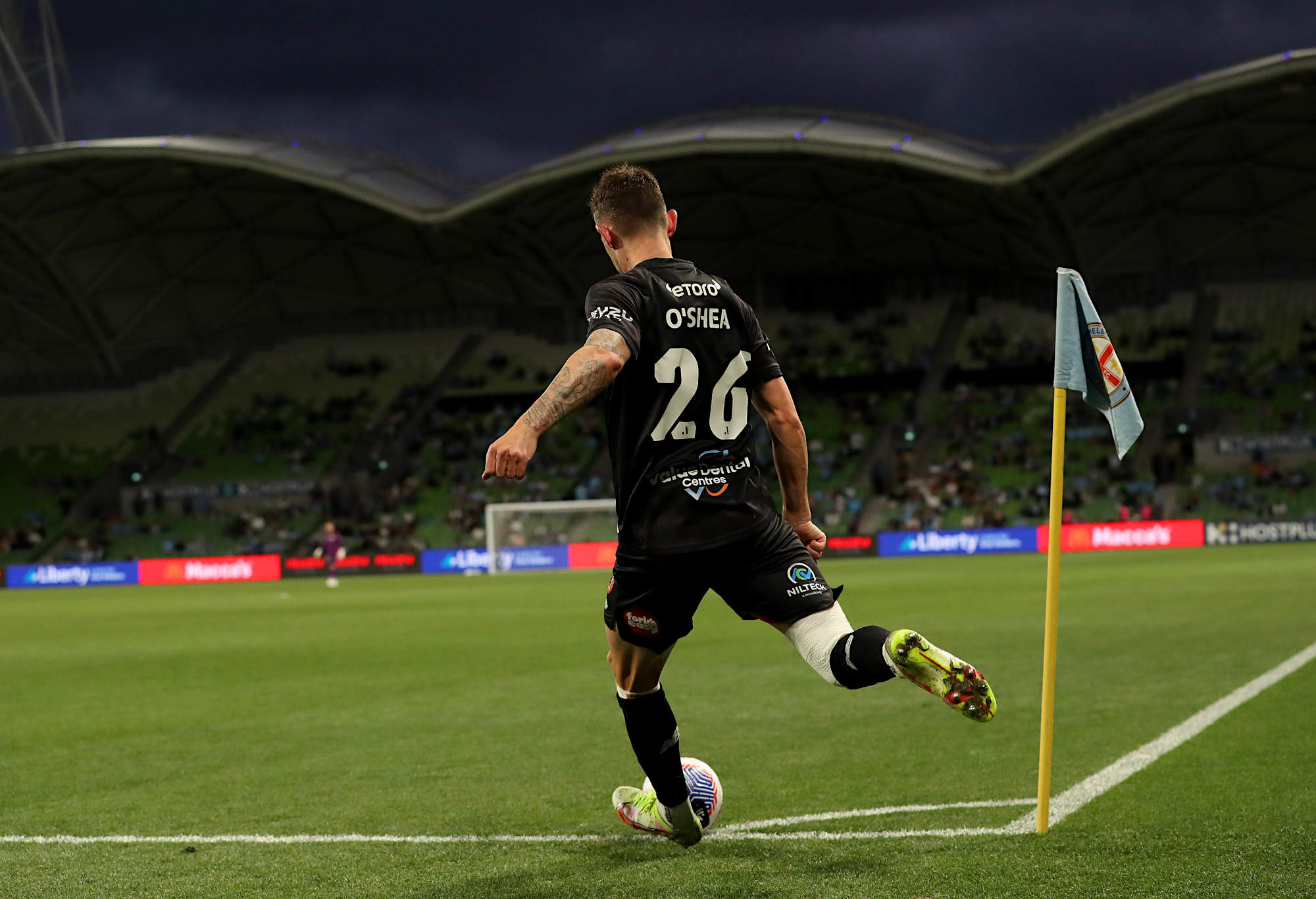WATCH: Mary Fowler nets an absolute screamer as Man City thrash Bristol
The Matilda scored the first two of her team's goals in the 4-0 win.
For a long time, there has been a sense Australian football clubs don’t take Asian competition seriously enough. And when the other Asian countries who consistently perform well internationally, like Japan, South Korea, Saudi Arabia and Iran, also consistently have dominant clubs in Asian competition, it’s hard not to feel slightly jealous.
The Socceroos generally perform at a similar level to these countries, but the performances of our clubs in the Asian Champions League (ACL) are so far behind, we appear to be more of a footballing minnow nation. With a league system that produces far less money than the leagues in the aforementioned countries, it’s very tough to justify wanting to compete. A recent report by FIFPRO was a damning indictment on the financial incentive structure for clubs competing in the ACL.

Central Coast’s Jacob Farrell goes on a run against Brisbane Roar. (Photo by Scott Gardiner/Getty Images)
Many of us will remember back to the days of the Brisbane Roar selling a one-legged home ACL qualifier overseas so they wouldn’t have to eat the cost of hosting. They lost on penalties. One wonders if the club preferred that option.
Generally though, we don’t hear too much about the actual structure.
Chair of FIFPRO Asia/Oceania Takuya Yamazaki, argued that “the merits do not outweigh the drawbacks for most players and clubs, making it an unsustainable system”. And it’s little wonder.
Clubs travelling away from home in the ACL are given $60k USD to cover their expenses. This is often not enough. For example, an Australian club travelling to Japan – as Melbourne City did this year – costs around $100k USD even when flying economy, which is not the best option for high performance athletes.
Such a situation might have left Australian clubs short of necessary preparations when playing away from home in the past. Yes, other clubs have to deal with it too, but the A-League produces far less money than many others.
Even worse, Melbourne City says it costs around $50k USD to remove advertisements from their stadium. And then there’s the final kicker – host clubs must provide 5-star hotels for officials.
So let’s get this straight: clubs lose money on travel even after their travel allowance, they aren’t allowed to advertise, they have to pay extra money to host ACL officials, AND if clubs refuse to participate they face sanctions.

Brisbane Roar’s James O’Shea lobs over a corner. (Photo by Kelly Defina/Getty Images)
This is, diplomatically, an unsustainable situation. Someone must be profiting off the ACL, or else it wouldn’t exist. That clubs lose money just by being involved suggests the money distribution structure needs a serious overhaul.
Melbourne City competed reasonably well without shooting the lights out in their ACL group stage elimination. Central Coast and Macarthur are doing exactly what they should in the AFC Cup; a competition Australian clubs are way too good for. Instinctively, my reaction is that this is a positive – that Australian clubs doing well on the continental stage is great for the game. But is it?
Clubs are struggling to turn a profit in general, and basically no one attends these games anymore. Even Sydney FC and Melbourne Victory get crowds of around 5,000 when they qualify.
Hopefully the new, three-tiered system being introduced next season will allow for greater financial rewards for competing teams. It would be great to see our team compete well, but also be incentivised to actually want to compete well.
For now, though, the winner of Macarthur vs Central Coast in the AFC Cup on Thursday should probably go on to win the whole thing, but the loser will save money by being knocked out. That is not a sustainable incentive structure.